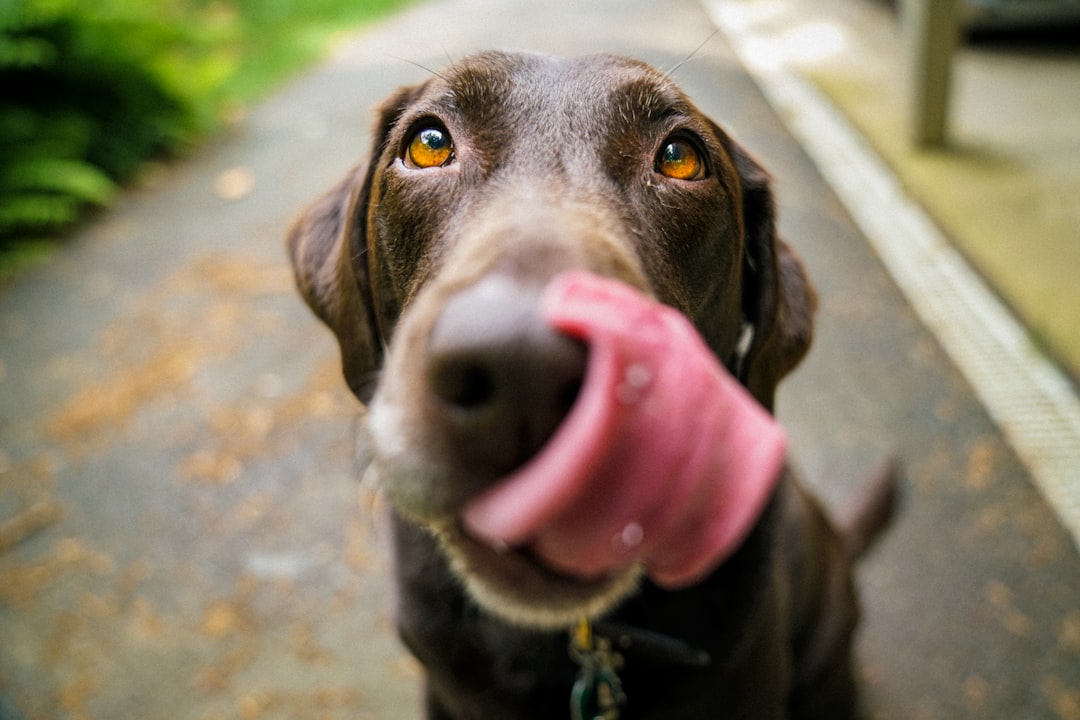Helping Dogs Overcome Separation Anxiety: Professional Solutions and At-Home Strategies
Seeking Professional Help for Dogs with Severe Separation Anxiety – Learn about the causes and signs of separation anxiety in dogs, and discover the role of professional behaviorists and at-home strategies to help dogs overcome their issues and feel more comfortable alone.
Understanding Separation Anxiety in Dogs
Separation anxiety in dogs can be a challenging issue for both the pet and the owner. Common causes of separation anxiety include being left alone for long periods, abrupt schedule changes, and being taken from their mother too young. For example, abrupt schedule changes, such as sudden long hours at work, can disrupt a dog’s routine and trigger separation anxiety. This can lead to the dog feeling stressed and anxious, ultimately resulting in destructive behaviors when left alone.
Recognizing the signs of separation anxiety is crucial for early intervention. Dogs suffering from separation anxiety often display a range of behaviors, including anxious behaviors, destructive behavior, whining, barking, and escape attempts [1]. For instance, a dog with separation anxiety may exhibit destructive behavior, such as chewing furniture or scratching doors, when left alone. These signs can help owners identify the issue and seek appropriate assistance for their pet.
Before diagnosing separation anxiety, it’s important to rule out other potential behavior problems. Submissive urination, incomplete house training, and boredom can sometimes mimic the symptoms of separation anxiety. Therefore, a comprehensive assessment by a professional behaviorist or veterinarian is essential to accurately determine the nature of the dog’s distress and provide the most effective treatment. Understanding the underlying causes and symptoms of separation anxiety is the first step in addressing this challenging condition and helping dogs lead happier, more comfortable lives.
## Seeking Professional Help for Dogs with Severe Separation Anxiety Separation anxiety in dogs can be a distressing experience for both the pet and the owner. When a dog exhibits severe separation anxiety, professional help from a behaviorist can be crucial in addressing the issue effectively. Professional behaviorists play a vital role in utilizing a balanced approach to help dogs understand that they can make better decisions and overcome their issues. For instance, The Dog Wizard offers specialized separation anxiety training classes and follow-up sessions that are designed to help ease pets’ separation anxiety and eliminate unwanted behaviors. It’s essential for owners to recognize the signs of separation anxiety in their dogs, which can include anxious behaviors, destructive behavior, whining, barking, and escape attempts [1]. By seeking professional help, dog owners can work with experts who have the knowledge and experience to tailor a comprehensive treatment plan specific to the dog’s needs. This can involve a combination of behavior modification, training techniques, and environmental adjustments aimed at reducing the dog’s anxiety and improving their well-being. In severe cases of separation anxiety, professional behaviorists may recommend desensitization and counterconditioning programs. These programs gradually accustom the dog to being alone by starting with short separations and increasing the duration over time. Additionally, for severe cases, medications may be considered in consultation with a veterinarian or veterinary behaviorist to alleviate the dog’s anxiety and facilitate the treatment process.
 At-Home Strategies to Help Dogs Feel More Comfortable Alone
At-Home Strategies to Help Dogs Feel More Comfortable Alone
Creating a conducive environment for your dog when they are left alone is crucial to help them feel more comfortable and secure. One at-home strategy is to maintain a consistent schedule for feeding, exercise, and bathroom breaks. Dogs thrive on routine, so having a predictable daily schedule can provide them with a sense of stability and reduce anxiety when they are left alone.
Another effective at-home strategy involves providing a safe place for your dog to stay when you are not around. This could be a comfortable and secure area in your home, such as a designated room or a cozy crate, where your dog feels safe and relaxed. By creating a safe space, you are giving your dog a refuge where they can retreat to and feel secure in your absence, helping to alleviate separation anxiety.
Furthermore, leaving a piece of clothing that carries the owner’s scent, such as a worn t-shirt or a blanket, can have a calming effect on the dog. The familiar scent can provide comfort and reassurance to the dog, acting as a soothing reminder of the owner’s presence even when they are not physically there. This simple act can help ease the dog’s distress and reduce their anxiety during periods of separation, contributing to a more positive experience for the dog when left alone.
Mild Separation Anxiety Treatment
When addressing mild separation anxiety in dogs, it is essential to consider the effectiveness of counterconditioning as a treatment approach. Counterconditioning involves retraining the dog’s response to being alone by associating it with something positive. For example, a pet owner can give the dog a special food-stuffed toy that they only have access to when left alone. This can help the dog associate being alone with a pleasurable experience, gradually reducing their anxiety and distress when separated from their owner.
Furthermore, engaging the dog in mentally stimulating activities before leaving, such as puzzle toys or interactive games, can also aid in alleviating mild separation anxiety. These activities can help redirect the dog’s focus and energy, providing mental stimulation and reducing anxious behaviors associated with being alone. Additionally, maintaining a consistent routine and providing a safe, comfortable space for the dog when left alone are crucial components of managing mild separation anxiety. Consistency and a secure environment can help the dog feel more at ease and build confidence in being alone.
In summary, counterconditioning, along with mental stimulation and a supportive environment, can be valuable strategies for addressing mild separation anxiety in dogs. These approaches aim to create positive associations with solitude and provide a sense of security, ultimately contributing to the well-being of dogs experiencing mild separation anxiety.
Moderate to Severe Separation Anxiety Treatment
When dealing with moderate to severe cases of separation anxiety in dogs, it is crucial to implement desensitization and counterconditioning programs. These programs are designed to help the dog become more comfortable with being alone by gradually exposing them to separations of increasing duration. For example, the dog may initially be left alone for just a few minutes, and then the duration is extended over time as the dog becomes more accustomed to being by themselves. Positive reinforcement techniques are employed during these sessions, where the dog is rewarded for calm and relaxed behavior, effectively altering their response to being left alone.
Moreover, in cases of severe separation anxiety, the consideration of medications can be beneficial under the guidance of a veterinarian or veterinary behaviorist. For example, certain anti-anxiety medications can help alleviate the dog’s distress and facilitate the treatment process. These medications can be used as a part of a comprehensive treatment plan, along with behavior modification techniques, to address the underlying causes of the anxiety and help the dog cope with being alone.
It’s important to note that the combination of desensitization and counterconditioning programs, along with medications in severe cases, should be tailored to the individual needs of the dog. Each dog responds differently to treatment, and a customized approach is essential to address their specific anxieties and behaviors.
 Long-Term Support and Management
Long-Term Support and Management
Understanding separation anxiety in dogs is crucial for providing effective long-term support and management. It’s essential to recognize that treating separation anxiety in dogs may require a prolonged period of time. The duration of treatment can vary depending on the severity of the dog’s anxiety and their response to the interventions. For some dogs, the process of overcoming separation anxiety can take months, and ongoing support may be necessary.
In addition to the treatment process, interim solutions for managing separation anxiety can be beneficial. Consulting a veterinarian about drug therapy is a potential option for severe cases of separation anxiety, providing the dog with the necessary support while undergoing the treatment process. Moreover, utilizing day care facilities or boarding kennels can offer a temporary solution for managing separation anxiety. These options can provide the dog with a safe and supportive environment, while also allowing the owner to fulfill their commitments without causing distress to their pet.
For instance, a dog with severe separation anxiety may benefit from a combination of professional behaviorist intervention, medication, and interim solutions like utilizing day care facilities. This comprehensive approach can provide the necessary long-term support and management for the dog, ensuring that the treatment process is effective and the dog’s well-being is prioritized. Therefore, understanding the need for long-term support and considering interim solutions is essential in effectively addressing separation anxiety in dogs.

